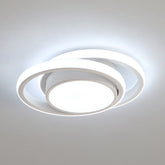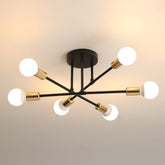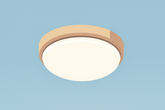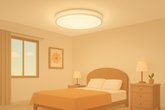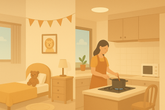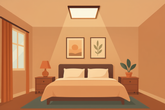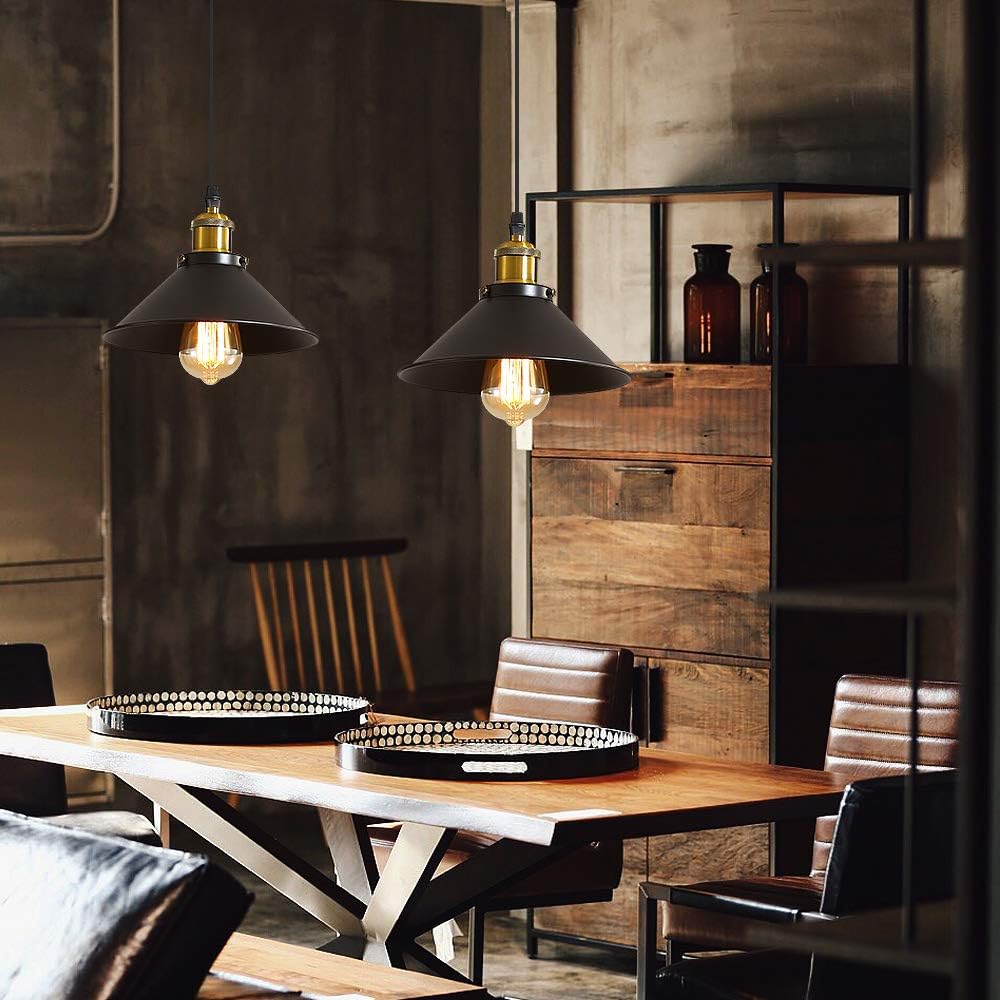Wattage ≠ Brightness: Why Lumens Matter More in Modern Lighting
💡 Wattage ≠ Brightness: The Truth About Modern Lighting
Many people still believe that higher wattage means brighter light. However, with today’s advanced lighting technology, this is no longer true. The relationship between power consumption and light output has evolved, and choosing lighting based solely on wattage can lead to inefficient or poorly lit spaces. In this article, we explain why wattage is no longer a reliable measure of brightness and how you can make smarter lighting choices based on lumens and other key factors.
🔍 1. The Fundamental Difference Between Wattage and Brightness
Wattage (W) refers to the amount of electrical power a light source consumes. Brightness, however, is measured in lumens (lm), which indicate how much visible light a lamp emits. In short: wattage shows how much energy is used; lumens show how bright the light actually is.
In the era of incandescent bulbs, the relationship between wattage and brightness was fairly consistent — for example, a 60W bulb typically produced 800 lumens. But with modern LEDs and fluorescents, this direct relationship no longer holds.
🚀 2. How Modern Light Sources Changed the Game
💡 a. Fluorescent Lamp Efficiency
Fluorescent lights use gas discharge and phosphor coating to emit light, offering much higher efficiency than incandescent bulbs. A 15W fluorescent tube can produce around 900 lumens — the same brightness as a 60W incandescent bulb, but at just a quarter of the energy usage.
⚡ b. The LED Revolution
LEDs (Light Emitting Diodes) emit light through a semiconductor process, achieving 80–120 lumens per watt. A 10W LED bulb can exceed 1000 lumens — significantly brighter than a 60W incandescent bulb while using far less energy. This advancement completely breaks the old "more watts = more light" mindset.
🎯 3. Other Key Factors Affecting Perceived Brightness
🔧 a. Optical Design of the Fixture
The design of a light fixture determines how efficiently it directs light. Quality fixtures use reflectors, lenses, or diffusers to focus light where it’s needed. For instance, a well-designed LED spotlight can appear 30% brighter than a standard one with the same wattage.
🎨 b. Color Rendering Index (CRI) and Color Temperature
CRI indicates how accurately a light renders colors. High CRI (≥80) lights appear brighter and more natural to the eye. Color temperature also matters: cool white (e.g., 6500K) typically looks brighter than warm white (2700K), even at the same lumen output.
🌫️ c. Environment and Maintenance
Dirt, humidity, and age affect a fixture’s brightness. A dusty or greasy lamp — common in kitchens — can lose 40% or more of its brightness. Regular cleaning and replacing aging bulbs are key to maintaining optimal illumination.
🛍️ 4. How to Choose the Right Brightness for Your Space
📏 a. Look at Lumens, Not Just Watts
Check the lumen output on the product label. Bedrooms typically need 1000–1500 lumens, while living rooms may require 2000–3000 lumens. Choose based on the room’s size and function.
🖼️ b. Match the Light to the Application
Reading and working areas need bright, flicker-free lighting. For ambient or decorative settings — like bedside lamps or dining chandeliers — opt for softer lighting with a pleasant tone. Larger rooms may need multiple light sources to ensure even coverage.
🔬 c. Consider Additional Lighting Metrics
Look for CRI ≥80 to ensure accurate color perception. Choose 2700–3500K for warm, cozy lighting (bedrooms/dining areas), and 4000–4500K for neutral white light (living rooms/offices). Anti-glare design (e.g., shielding angle ≥15°) also improves comfort.
